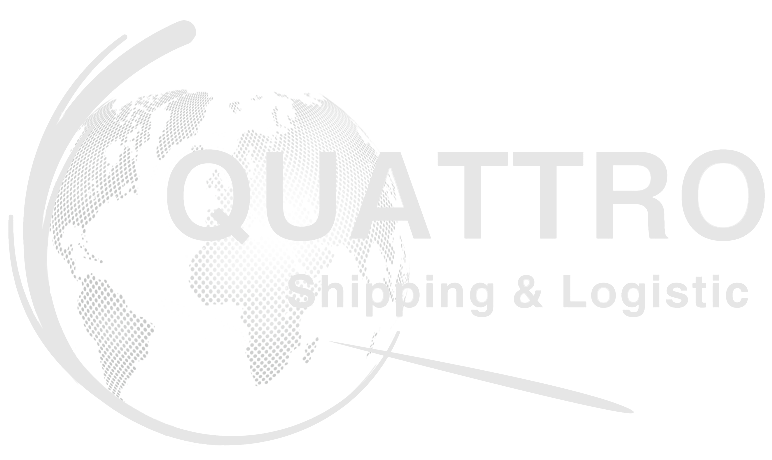What is a credit balance?
You may find yourself in a situation where you can only make the minimum payment. If you do that, know that it will take a long time to pay off the balance. Although you’ll pay more in interest, you won’t damage your credit score. Credit card statements can be a bit tricky to navigate at first. So, it’s good to know that when you read your credit card statement, one of the most important lines to take note of is your balance.
A negative balance also means — temporarily — you can charge more than your limit to your credit card. The limit your credit card company set for the card wouldn’t change, but in this case, once you have a positive balance again, your limit will still be $2,500. In addition to maintaining a low credit utilization ratio and avoiding interest charges, keeping track of your balance will help you keep your spending in check. Using credit cards can make it easy to lose track of how much you’ve spent. Monitoring your balance can help you spend within your budget and avoid accidentally winding up in debt. Since a high balance may lower your credit score, this could hurt your ability to secure future credit or lower interest rates on future credit cards and loans.
Choose from business checking, business credit cards, merchant services or visit our business resource center. Your credit card balance is the total that you owe today. This figure is different from your statement balance, which is the amount that is reflected on your bill.
This can happen if you get a refund for a purchase or if the credit card company applies a statement credit, such as cash back from a rewards program, to your account. Paying the credit card company more than the current amount you owe can also result in your balance being less than zero. A credit card balance is the amount of money you owe your credit card company at any given time. The charges you’ve made to the card and cash advances you’ve taken out all add to your balance. This also includes any interest and fees the credit card company may charge you.
Strategies for managing your credit card balance
Credit cards are payment cards that allow individuals and business owners to make purchases without having to immediately fork over any cash. They give cardholders the chance to pay for their goods and services later while providing them with a secure and safer method to shop. Unlike cash, credit cards are generally accepted worldwide and may offer incentives like points or cashback. Understanding credit card balances can make it easier to manage existing debt.
We are an independent, advertising-supported comparison service. Bank deposit accounts, such as checking and savings, may be subject to approval. Deposit products and related services are offered by JPMorgan Chase Bank, N.A. Member FDIC. Remember, a balance can affect your credit utilization ratio which is the amount of revolving credit used compared to the amount of credit available. A high balance will take up more of the amount of credit used, which will negatively affect your score.
If you make only the minimum payment, the remaining balance rolls over into the how to calculate direct labor cost next billing cycle. You incur interest on whatever remains, which is reflected on your next statement. Keeping track of your statements is essential for managing credit card balances and paying off your debt. You’ll want to pay your full credit card balance after you receive your statement but before the due date.
The credit balance is the sum of the proceeds from a short sale and the required margin amount under Regulation T. Keeping a high credit card balance can make you financially vulnerable in other ways, too. You won’t be able to use your card in an emergency if you maintain a high balance, especially if it’s too close to your credit limit. You’re also at risk of paying additional interest and/or late fees if your debt increases to an amount that you can’t maintain. It’s possible to have a credit balance on your credit card statement – which may be a little confusing. After all, the whole point of a credit card is debiting, right?
It won’t include any purchases or charges made since the last cycle ended. If you have a credit limit of $5,000 and keep a balance of $4,000 on your credit card, then your credit utilization is 80%, which is extremely high. As such, you may be deemed high risk for defaulting on any future debt. So the chances of getting a new loan or credit card may be slim. If you keep your ratio down, it suggests that you’re better able to manage credit responsibly. Late payments can add up if you’re having trouble paying your bills each month.
- Your balance is calculated by looking at your purchases, interest charges, balances that haven’t yet been paid, and fees incurred.
- You can think of it as the amount of money owed back to the credit card issuer.
- While 100% of this value already comes from the short sale proceeds, the remaining 50% must be put up by the account holder as margin.
- Your card company might ask you to send this request in writing.
- You will see this noted as the new balance on the statement.
What can I do with a credit balance shown on my credit card statement?
It can result from a variety of financial transactions, including overpayments, refunds, and rewards. While a credit balance can provide certain advantages and options for managing your finances, it’s important to understand the implications and make informed decisions. You can leave the credit on your account to pay licensed real estate agents for future charges.
Payment history accounts for 35% to 40% of your credit score depending on which score your lender uses. It can be easy to forget to check your balance regularly, but automatic notifications can help you keep track of it. On your credit card company’s website or app, select alerts or notifications.
Statement balance
Thus, a credit balance could refer to an asset or a payment obligation, depending on the circumstances. Putting a purchase on your card causes your balance to go up, while paying your credit card bill makes the balance go down. When you’ve paid off the whole balance, it will reflect an amount of zero.
What is a Credit Balance?
View the Chase Community Reinvestment Act Public File for the bank’s latest CRA rating and other CRA-related information. Your current balance includes purchases or charges made since the last billing cycle ended. Some brokers stipulate the margin requirement on short sales to be 150% of the value of the short sale. While 100% of this value already comes from the short sale proceeds, the remaining 50% must be put up by the account holder as margin. The 150% margin requirement is the credit balance required to short sell a security.
Minimum payment
Say you invest with a brokerage and you want to invest in a short sale. It’s when the seller doesn’t own the stock but thinks the value will decline in the near future. “Expert verified” means that our Financial Review Board thoroughly evaluated the article for accuracy and clarity. The Review Board comprises a panel of financial experts whose objective is to ensure that our content is always objective and balanced. Bankrate has partnerships with issuers including, but not limited to, American Express, Bank of America, Capital One, Chase, Citi and Discover. The content on this page provides general consumer information.
Adam Hayes, Ph.D., CFA, is a financial writer with 15+ years Wall Street experience as a derivatives trader. Besides his extensive derivative trading expertise, Adam is an expert in economics and behavioral finance. Adam received his master’s in economics from The New School for Social Research and his Ph.D. from the University of Wisconsin-Madison in sociology. He is a CFA charterholder as well as holding FINRA Series 7, 55 & 63 licenses. He currently researches and teaches economic sociology and the social studies of finance at the Hebrew University in Jerusalem. We’re the Consumer Financial Protection Bureau (CFPB), a U.S. government agency that makes sure banks, lenders, and other financial companies treat you fairly.

